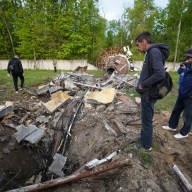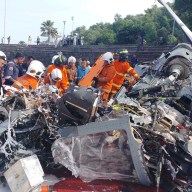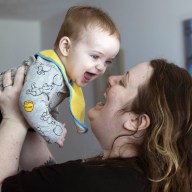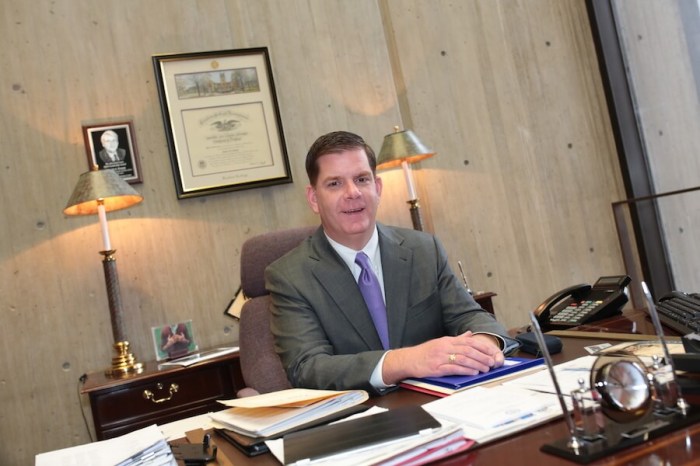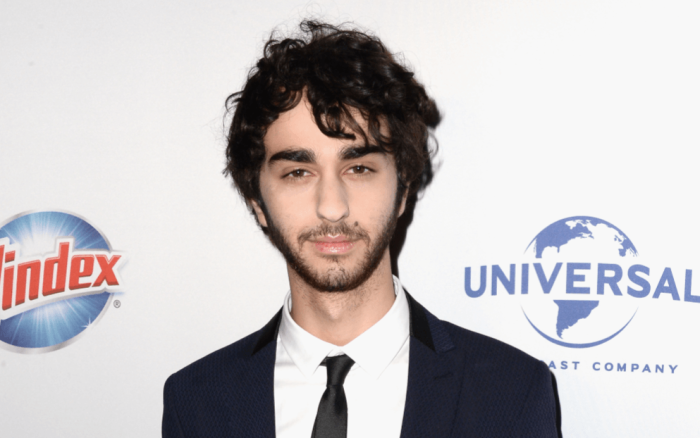Dzhokhar Tsarnaev helped carry out the Boston Marathon bombing on at the Boylston Street finish line on April 15, 2013, his attorney told a packed courtroom Wednesday in the opening day of the 21-year old’s trial. “It was him,” attorney Judy Clarke said in her opening statement at the Moakley Federal Courthouse on in the Seaport District. “So you might say, why a trial?” Clarke pinned blame on Tsarnaev’s dead brother, Tamerlan, who died during a shootout with police three days after the bombing. “We do not and will not at any point in this case sidestep Dzhokhar’s responsibility for his actions. We think the question of why is important, and this is where we disagree,” Clark said in her response to prosecutor Assistant U.S. Attorney William Weinreb opening statement. “We have different answers to this question,” said Clarke.
Tamerlan Tsaranev, who would have been 28 today, was the mastermind of the terror spree, and Dzhokhar was merely dragged into his older brother’s obsession with radical Islam, but bore no hatred towards his fellow Bostonians. “Tamerlan became aggressively obsessed with talking about Islam,” said Clarke. “It was Tamerlan Tsarnaev who self radicalized. It was Dzhokhar who followed him.” Dzhokhar’s grades at the University of Massachusetts Dartmouth were plummeting, he was skipping class and was in danger of flunking out of school, Clarke said. “Dzhokhar became much more vulnerable to the influence of someone he loved and very much respected – his older brother,” she said. “[Tamerlan] had a special kind of influence dictated by age, culture and Tamerlan’s sheer force of personality.” “Unfortunately and tragically, Dzhokhar was drawn into his brother’s passion and plan,” said Clarke, “And that led him to Boylston street.’ Legal expert Karen Pita Loor, a Boston University law professor, says Tsarnaev’s defense team is focusing on the sentencing and conceding his guilt [see box].
Earlier Thursday, Weinreb painted a darker picture of Dzhokhar Tsarnaev, and described him as a radical Islam-obsessed teenager who lived a double life as a college student by day and a fan of terrorist teachings by night. “He had a side to him that he kept hidden, even with his closest friends,” said Weinreb. Weinreb relayed to the jury grim, graphic details of the deaths of Tsarnaev’s bombing victims – Martin Richard, 8, Krystle Campbell, 29, and Lingzi Lu, 23 – and by showing smiling photographs of each in happy times. The purpose of the homemade pressure cooker bombs used by the Tsarnaev brothers, Weinreb said, was to “tear people apart and create a bloody spectacle… to shred flesh, set people on fire and cause them to die painful deaths.” Tsarnaev, 21, is on trial for his life for carrying out the deadly attack. Seventeen of the 30 federal charges against him carry the possibility of the death penalty if convicted. On Thursday, Tsarnaev’s victims sat behind him in a silent but packed courtroom. Richard’s family was also in court. Weinreb described the boy’s wounds; the first of the day’s graphic imagery.
“The bomb tore large chunks of flesh out of Martin’s body. His mother found his body laying on the ground and she tried to comfort him,” Weinreb said. “Martin bled to death on the sidewalk.” Clarke called the events of that day “incomprehensible” and “inexcusable.”
“Over the next several weeks we’re all going to come face to face with unbearable grief and loss and pain,” Clarke told jurors. “We will see and listen to their testimony with heavy hearts. It’s going to be a lot to ask of you to hold your minds and hearts open, but that is what we ask.” Will Tsarnaev’s defense hold up?
Karen Pita Loor, a Boston University law professor who specializes in criminal defense, said the defense appeared to be concentrating on the death penalty from the outset.
“Instead of thinking about guilt or innocence, they may have decided that’s not a worthy endeavor and they’re just going to focus their efforts on mitigating factors for the death penalty,” she said. Pita Loor said the defense could try to prove Tsarnaev was under substantial and unusual duress at the time of the crimes and stress his brother’s influence over him, his lack of a criminal record and his young age. “You can’t get the death penalty before 18 and he’s very close to that time he committed this horrible offense,” she said.
Emotional testimony
Rebekah Gregory stepped onto the witness stand yesterday during the first day of testimony on the Boston bombing trial.
The 27-year-old lost her left leg in November, a year-and-a-half after it was shredded in the deadly terror attack. But it wasn’t the memory of that pain that pushed her to tears Wednesday – it was the image of Krystle Campbell’s dead body and the sound of her then 5-year-old son, Noah, calling out, “mommy, mommy, mommy.” “At the time I couldn’t see my legs. My bones were literally laying next to me on the sidewalk,” said Gregory, of Houston, Texas. “Blood was everywhere, shrapnel was all over the place and people’s body parts were also laying everywhere. At that point I thought that was the day I would die.” Gregory was one of three victims to take the stand Wednesday and deliver dramatic testimony to a jury comprised of eight men and 10 women. Two eye-witnesses, and the marathon’s organizer also took the stand. Sydney Corcoran, 19, said she felt the life slipping out of her as she lay sprawled on the Boylston Street sidewalk.
“I could feel my body going tingly and I was getting increasingly cold, and I knew I was dying,” Corcoran slowly recounted.
The court also saw graphic amateur video captured by witness Colton Kilgore, who was cheering on family members when the bombs exploded.
The video showed absolute mayhem; torn, bloody limbs and pools of blood collecting on the pavement. Screams and pleas for help were audible. Victims lay shocked on the ground, white in the face. “It smelled of blood… flesh. Just acrid; disgusting,” Kilgore said of the scene.
Campbell’s close friend Karen Rand McWatters lost a leg in the attack. She recounted her final moments with Krystle. After the blasts, McWatters shimmied over hot shrapnel and put her face to her friend’s as she lay there dying. “She very slowly said her legs hurt. We held hands, and shortly after that her hand went limp in mine,” said McWatters, tearful. “And she never spoke again after that.”
Testimony is expected to continue Thursday.
Boston bomber’s lawyer: ‘It was him’
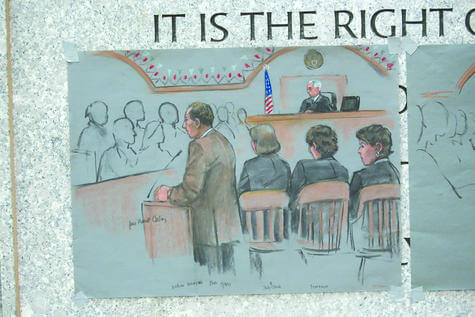
Jane Flavell Collins







